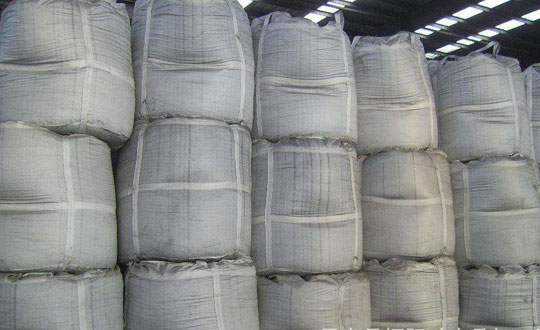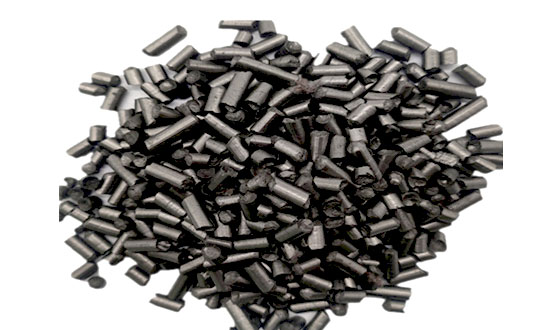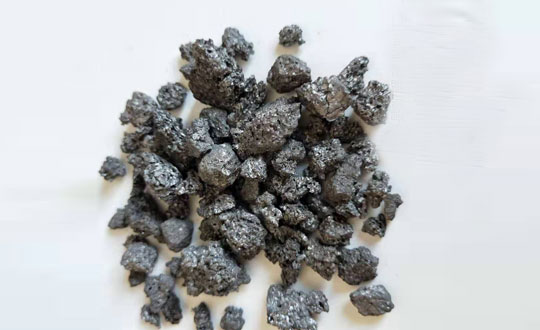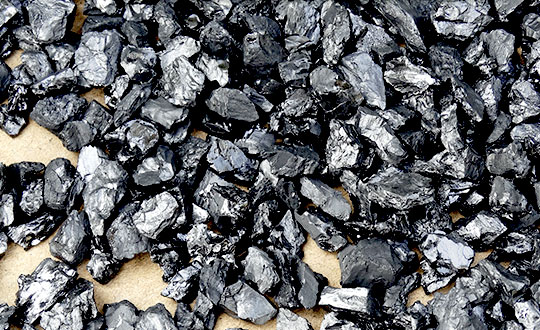Carbon Additive For Foundries
Many foundries use carbon additives in the process of producing castings, which can effectively improve the quality of castings and reduce production costs. There are many types of carbon additives used in foundries, and the raw materials used are mainly graphite, petroleum coke, calcined coal, anthracite, etc. The different raw materials are important factors affecting the quality of carbon additives.

The chemical index of carbon additive is an important basis for identifying the advantages and disadvantages of carbon additive, these chemical indexes include fixed carbon, sulfur, nitrogen, ash, volatile matter, moisture, etc. Foundries can purchase the carbon additive needed for production through different chemical indexes.

Carbon additive is widely used by foundries in the production of gray cast iron and ductile iron. In the production of gray cast iron, it is required that the sulfur content of the carbon additive used is less than 0.5%, and the fixed carbon content is not so strict, generally, the fixed carbon content is greater than or equal to 92%, but there are strict requirements for the absorption rate of carbon additive.

The requirements for carbon additive in the production of ductile iron in the foundry are more strict, not only the fixed carbon content of carbon additive is required, but also low sulfur and low nitrogen, otherwise it will lead to brittle and cracked ductile iron, which will seriously affect the quality of ductile iron. For the production of ductile iron carbon additive, the nitrogen content is preferably 600ppm or less than 300ppm, but the lower the content, the better, otherwise the produced castings are easy to produce porosity, resulting in the uneven surface the castings.

The foundry should pay attention to the presence of a large amount of carbon powder when purchasing the carbon additive, the carbon powder of the pass will affect the state of the smelting furnace, and should be strictly controlled when using the carbon additive in the additional time, and with the stirring to improve the absorption rate, so as to improve the quality of castings.